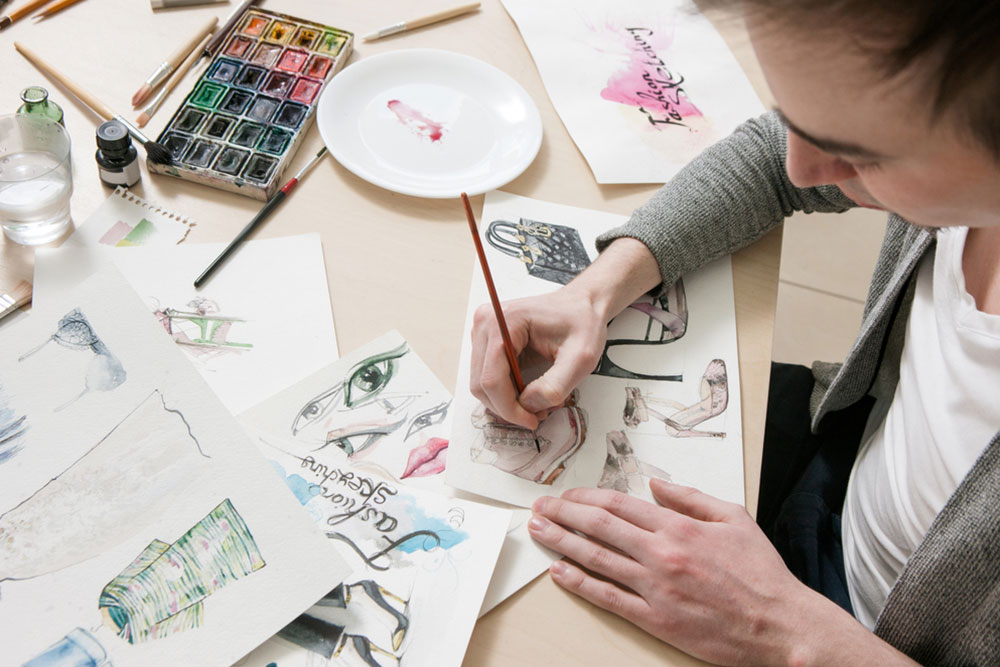Essential Topics Your Animation Course Should Cover
This article covers essential animation program topics, including traditional, digital, and stop-motion techniques. It provides a comprehensive overview for aspiring animators, highlighting key styles and methods in animation education. Perfect for beginners and professionals seeking to understand industry fundamentals.

Essential Topics Your Animation Course Should Cover
Animation is a vast and dynamic field with numerous specialties and techniques. Many educational programs, both online and at universities, serve as excellent starting points for aspiring animators, especially those passionate about visual effects and storytelling through motion. Before diving into animation, it's important to understand the different styles you can pursue.
Here are six primary types of animation to consider for building a successful career:
Basic Animation
This foundational form of animation involves simple visual movements.
Basic animation includes early methods like flipbooks and zoetropes, which create the illusion of motion from static images. These methods laid the groundwork for modern animation and are often introduced at the start of animation education to build foundational skills before exploring more advanced software applications.
Hand-drawn Animation
Popularized in the 20th century, this traditional method involves creating images by hand on transparent sheets known as cels. Each image is photographed separately, and the sequence results in fluid movement when played together. Classic films like "Space Jam" and "Who Framed Roger Rabbit" showcased this meticulous craft.
Modern animation education emphasizes digital tools, but understanding traditional methods remains vital.
Digital Animation
A core component of most animation programs, digital animation employs software like Flash, After Effects, CelAction, and TVPaint to craft 2D visuals. For 3D modeling, tools creating detailed human and object representations are used, often incorporating motion capture for realistic movement. These techniques allow complex animations suited for films, games, and advertisements.
Frame-by-Frame Stop Motion
This resource-intensive process involves physically manipulating objects, then photographing each movement frame-by-frame to create seamless motion. Artistic methods include Claymation, which uses clay or plasticine, often seen in Burton’s films and the blockbuster "Chicken Run." It offers a tactile, handcrafted feel that appeals to many filmmakers and audiences.
Note: Our blog provides diverse, practical insights across multiple animation topics. While we strive for accuracy, readers are advised to consult additional sources for comprehensive information. The site does not guarantee the correctness of all data and may not cover every current scheme or opportunity in the industry.








